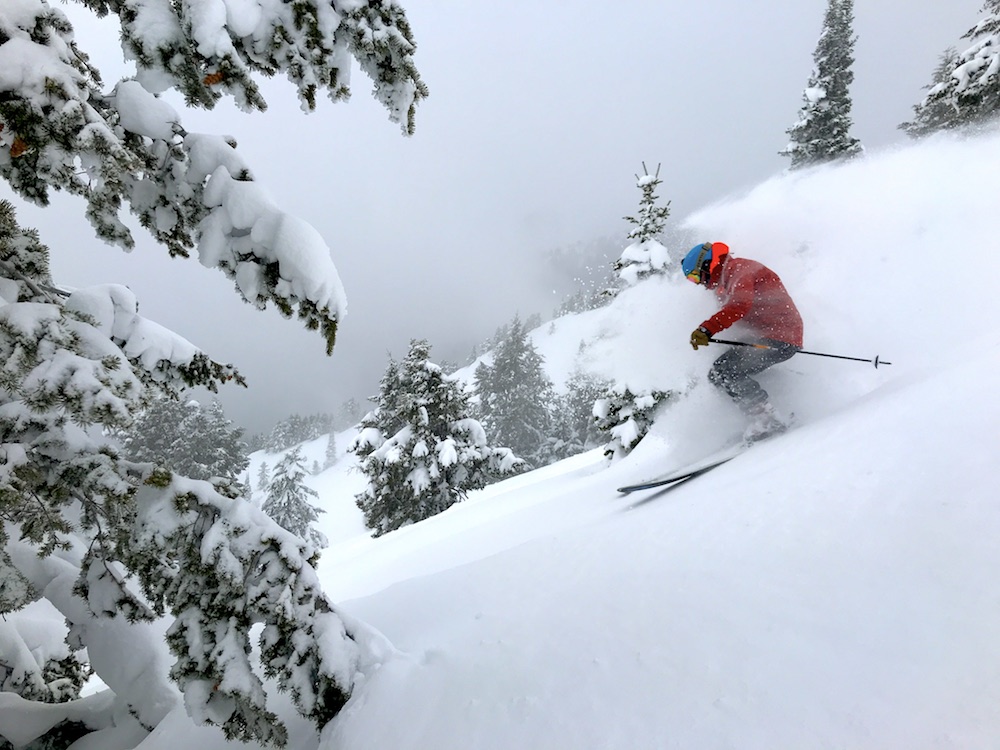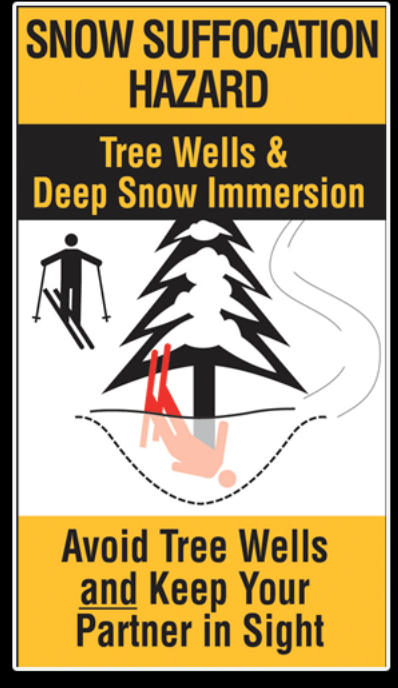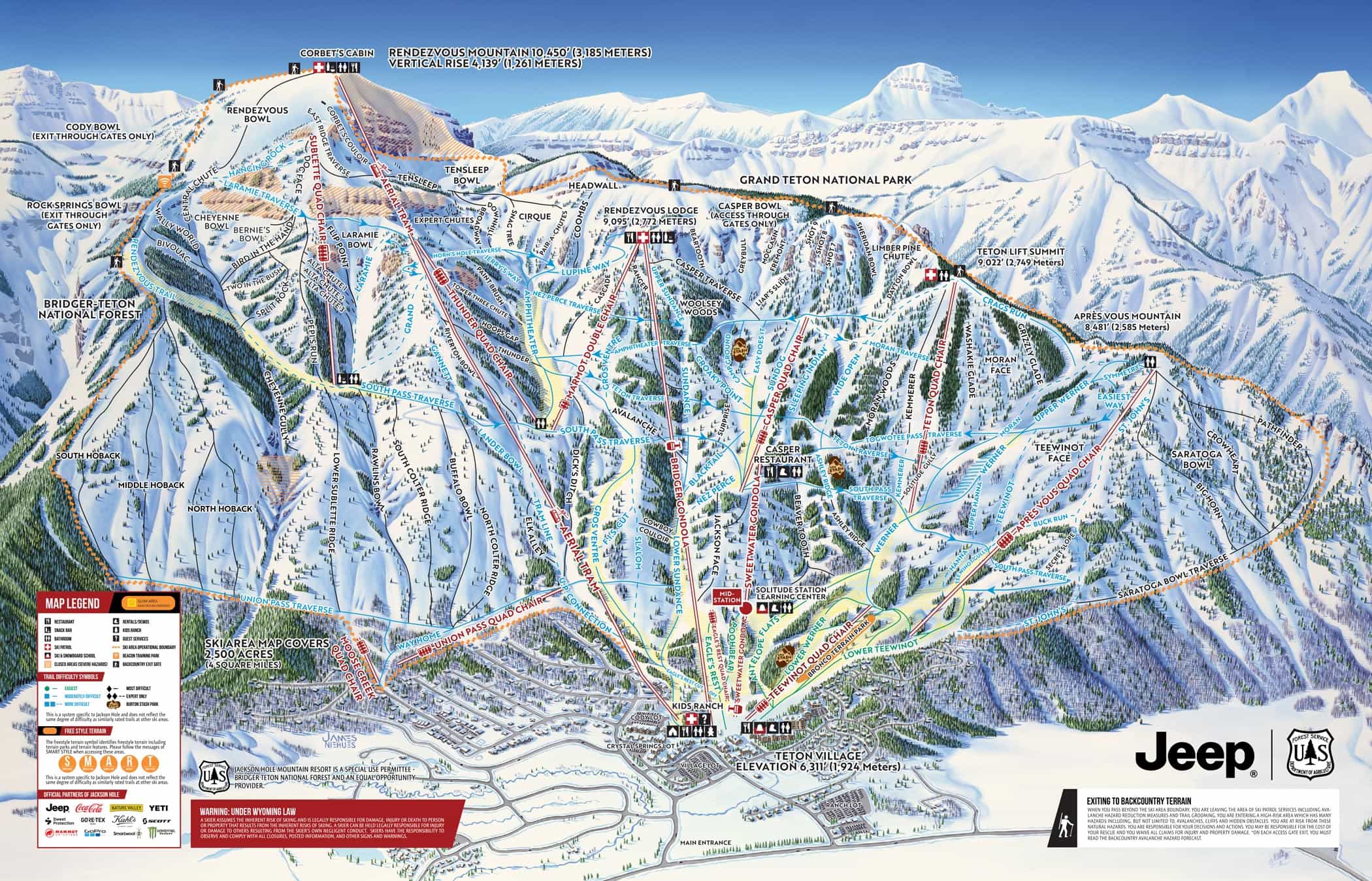
A 67-year-old local man died at Jackson Hole Mountain Resort (JHMR), Wyoming, on Friday, March 1, after falling into a tree well. The fatality is the second in two weeks in the region after a similar tragedy at Grand Targhee Resort.
The man, Kelly George Krause, was skiing in the North Woods area between Rendezvous Trail and The Hobacks with JHMR Mountain Sports School when he separated from his group. The group’s instructor notified ski patrol, who launched an immediate search.
Krause was found by a group of snowboarders in a tree well, and despite resuscitation efforts, he was pronounced dead at the scene. JHMR officials promptly notified Teton County Sheriff Matt Carr.
Following closely on the heels of another fatal tree well accident at Grand Targhee Resort on February 19, this incident underscores the heightened risks during heavy snowfall periods.
Tree well and deep snow suffocation are serious problems in the Western USA and Canada.
Incidents occur with deep snow accumulations and tree well immersions, where a skier or snowboarder falls into an area of deep, unconsolidated snow and becomes immobilized.
Since 2001, California has had more snow immersion deaths than any other state.
A tree well is a void or depression that forms around the base of a tree and most likely under the branches that hang from those trees, disguising the void. This void may contain a mix of low-hanging branches, loose snow, and air. While skiing or snowboarding, it is tough to determine if a tree well exists, so skiers and riders should treat every tree the same.
Skiers and snowboarders must understand the risks of deep snow, educate themselves, and strictly adhere to safety recommendations, including always skiing or riding within sight of a partner, especially when off a designated trail, within the trees, or in a gladed area.

Essential Safety Tips for Resort Guests
• Each skier or snowboarder controls their level of risk. Only you can prevent this type of accident from happening. To minimize your risk, you must know how to travel safely with your partner(s) in these ungroomed deep-snow areas. Always ski or ride with a partner and within close sight.
• Always stay in visual contact so your partner(s) can see you if you fall. Visual contact means stopping and watching your partner descend at all times, then proceeding downhill while they watch you at all times. It does no good if your partner is already waiting for you in the lift line while still descending the slope.
• Stay close enough to either pull or dig out. Hold your breath while reading this if you have questions about what is “close enough” to assist someone in a tree well. The amount of time before your partner needs air may be how long you have to pull or dig the person out of danger. Other factors, such as creating an air pocket or the entrapped skier’s position, may also affect this critical timeframe.
• Remember, if you lose visual contact with your partner, you could lose your friend. It is essential to know that most people who have died in deep snow or tree well accidents had been skiing or riding with a partner at the time of their accident. Unfortunately, none of these partners had immediate visual contact, so they could not help promptly.
• Use appropriate equipment to minimize risks. When skiing or snowboarding in high-risk areas for deep snow or tree wells, wear a helmet, enter the ski patrol’s phone number into your smartphone, and carry a whistle if you need to get someone’s attention if you become entrapped in deep snow or a tree well.
• If you still have questions, contact your ski patrol. Ask your ski patrol about the current risks and conditions with deep snow at your local ski area before you explore risky terrain such as tree areas, glades, or off-trail terrain where deep snow and tree well risks exist.
Follow these helpful tips to stay safe on the Mountain. All the recent snowfall in California and the west, along with more in the forecast, makes for dangerous conditions, so always take necessary precautions and never venture out alone.
